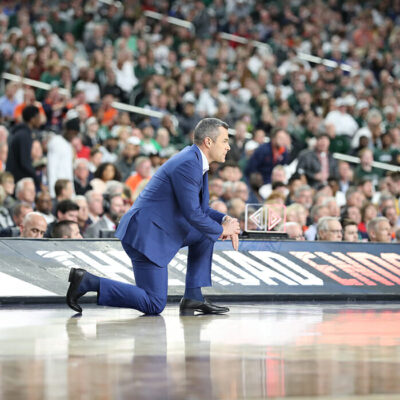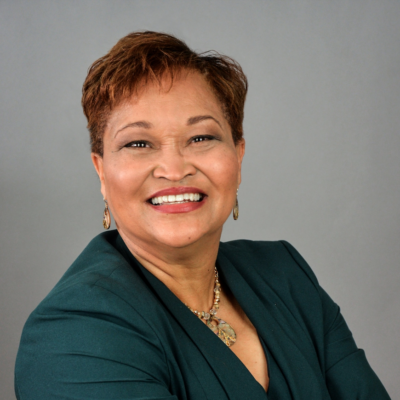At its retreat last month, City Council identified affordable housing as the priority that needed the most attention. The city has $1.4 million set aside for this year, and has committed to spending at least $1 million for the next four years on the issues. Yet at a work session last week, some councilors questioned whether Council might be spending too much on affordable housing.
“I think the next few years are going to be pretty tough for us,” said Councilor David Brown. “I think that we should be aware that the commitment towards housing is no different than the rest of the money. …We may not be able to make that five-year, $5 million investment.” Brown said that Council should take “great projects,” but not necessarily spend all of the money set aside.
|
Councilor David Brown wants the city to fund "great projects" in afforable housing, but thinks "that we should be aware that the commitment towards housing is no different than the rest of the money." |
“It’s not like we’re not doing a lot of things,” added Julian Taliaferro in agreement. “I don’t want people to think that we’re shirking our responsibility, because we’re not.”
The issue of affordable housing has received a lot of lip service around the community in recent years, as the housing bubble sent even the most modest city homes beyond the reach of families earning less than $50,000 annually, about 80 percent of area median income. But choosing where to allocate funds to tackle the issue has been more complicated. Should more money subsidize property managers who ensure rental units are affordable to the 24 percent of city residents in poverty? Should it go to nonprofits like Habitat for Humanity and Piedmont Housing Alliance (PHA) that build new affordable units? Or should it go to downpayment assistance programs so that proverbial working stiffer like policemen and teachers can buy houses?
By the end of the work session, the councilors found consensus on a few projects for the $1.4 million. The city housing authority will get $100,000 as part of the $300,000 it wants to spend on Westhaven redevelopment master planning—the money would fund consultants to design a conceptual plan as well as provide for residents and staff to visit public housing sites that have successfully redeveloped into mixed income projects. Councilors agreed that spending that much was worth it do to it right.
An additional $150,000 will go to downpayment assistance, and $30,000 would fund a new housing planner position. About $600,000 is slated for a hodgepodge of other projects like rehabs and emergency home repairs.
Councilors also suggested that some money be spent on emergency rent relief and foreclosure prevention, in light of the current economic crisis. Peter Loach of PHA offered that walk-ins seeking foreclosure assistance have recently gone from one a week to two or three per day. The state will provide some assistance—it has received $38 million in federal money to stave off foreclosures—but it remains to be seen how much of that will come to this area.
But Council also wants to create new affordable units. One way to do that would be to use $500,000 of the affordable housing fund on a bond for a particularly big and ambitious project, likethe single residency occupancy (SROs) housing that would serve the chronically homeless. Council postponed the bond discussion for a later date.
Whatever is done, PHA’s executive director, Stu Armstrong, suggested they set clear goals in terms of units. “It’s one thing to say it’s a priority and another thing to put some units behind it.”
Before setting any goals, councilors wanted to find out how many units they had saved in recent years. “It’s hard for me to develop policy without that data,” said Councilor Holly Edwards.
Staff didn’t have that information on hand, but quickly put it together after The Daily Progress ran a sub-headline on October 10 that screamed “Officials unable to say how many affordable units built.” (Mayor Dave Norris disputed the accuracy of that statement on his blog, and by 3pm, staff sent an e-mail to Council with a specific breakdown of 10 years of housing funding.) With the $2.15 million spent last year, the city helped preserve 125 affordable rental units, produce 11 new units and rehab six homes.
Still, over 10 years, the city is averaging only about 9 new units a year.
“While I’m pleased with the progress we’ve made in the past two years, it’s frustrating to know that we’re treading water at best,” says Norris by e-mail. “The vast majority of our affordable housing funds are going to preserve housing and keep people in their homes, not to expand our affordable housing stock, which is where we really need to devote more resources and energy if we hope to make a dent in the overall problem. In 10 years, we haven’t made nearly enough of a dent.”
C-VILLE welcomes news tips from readers. Send them to news@c-ville.com.






